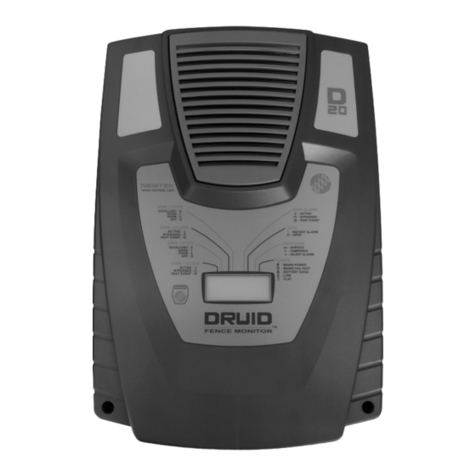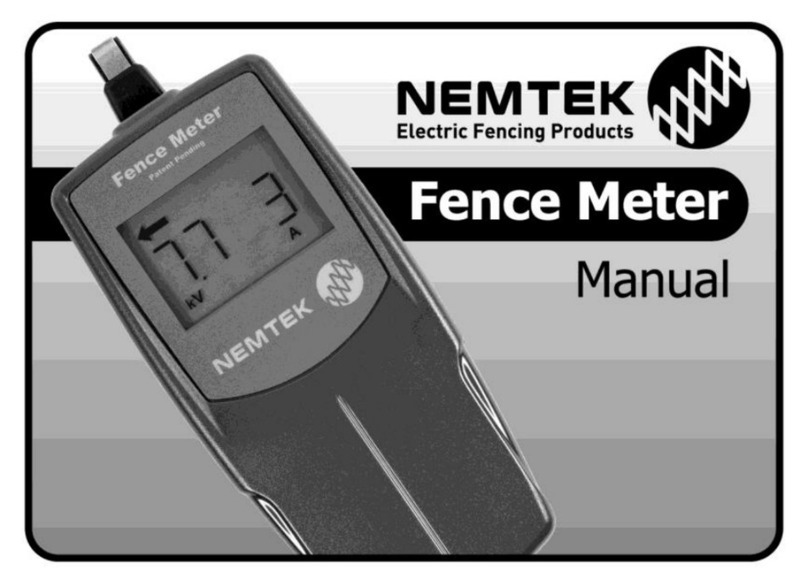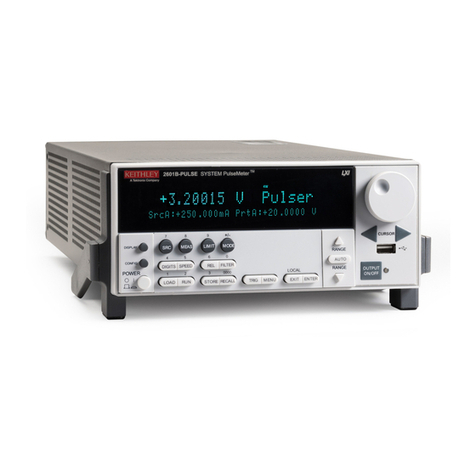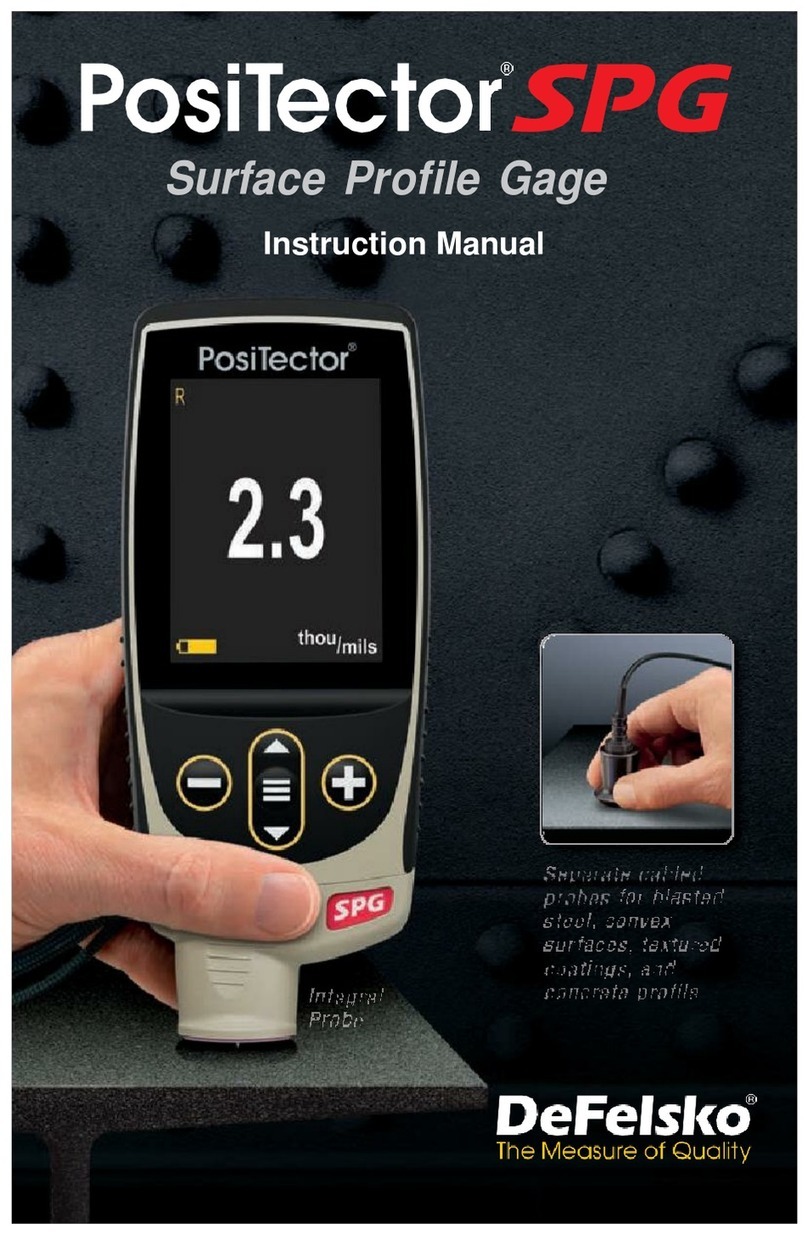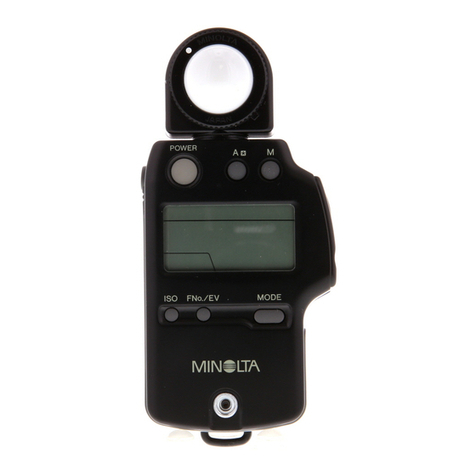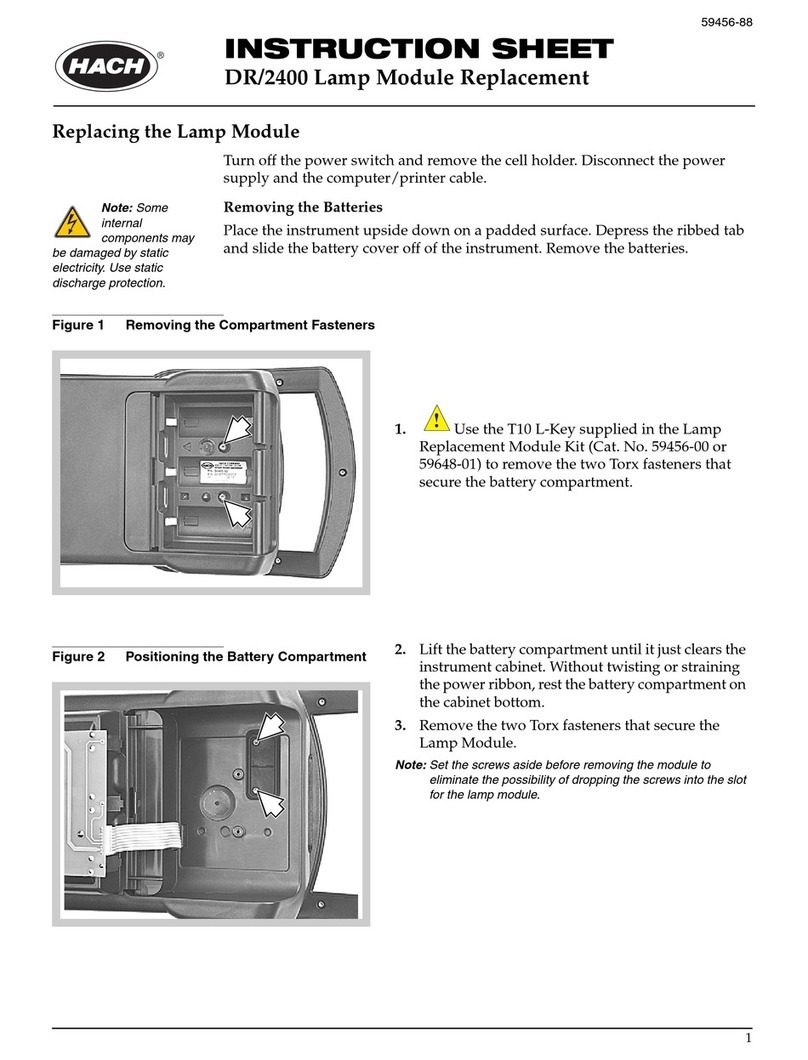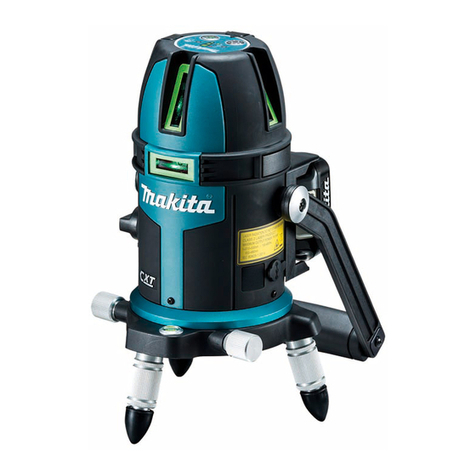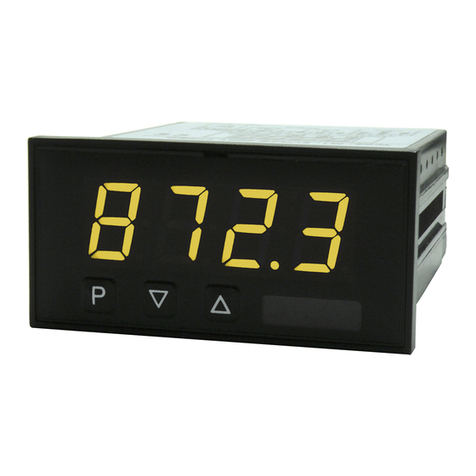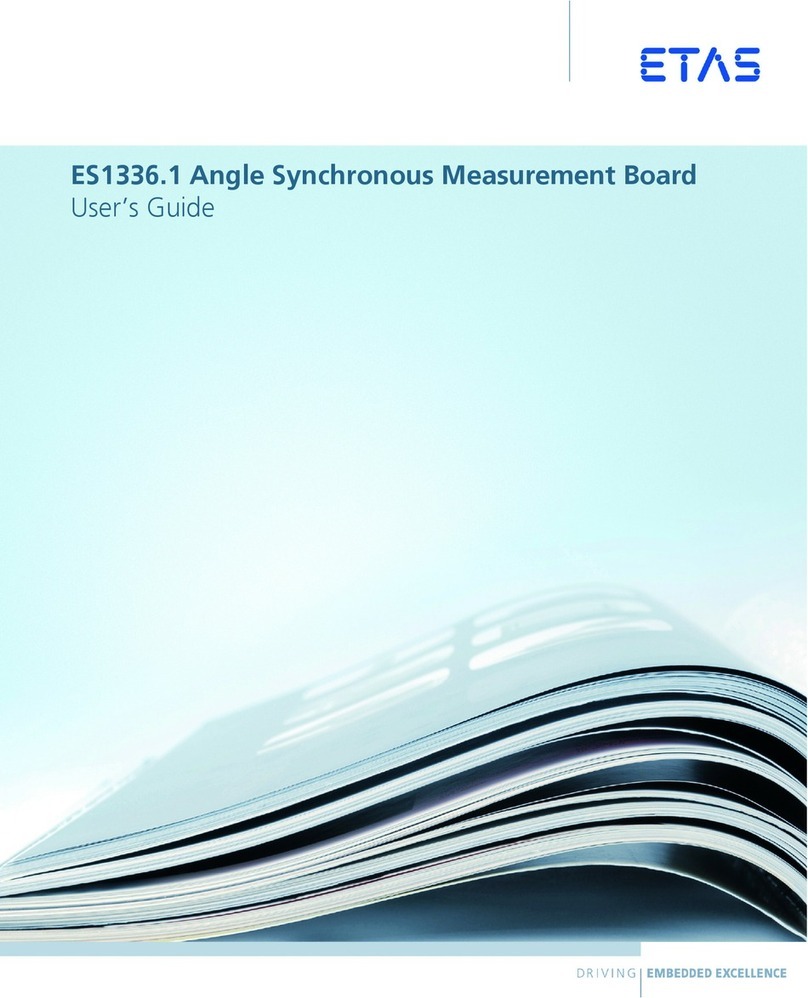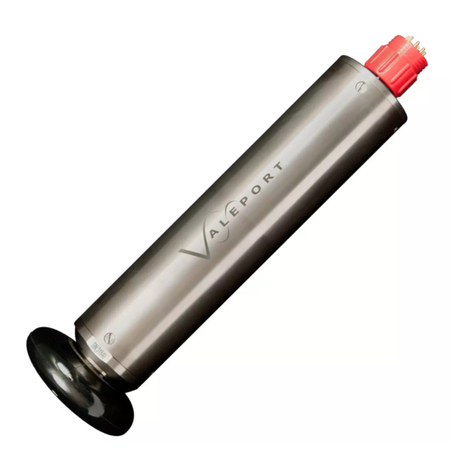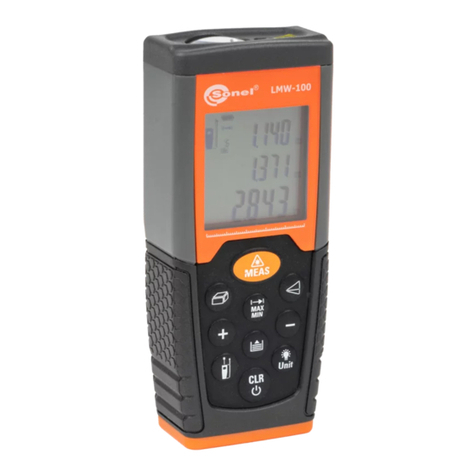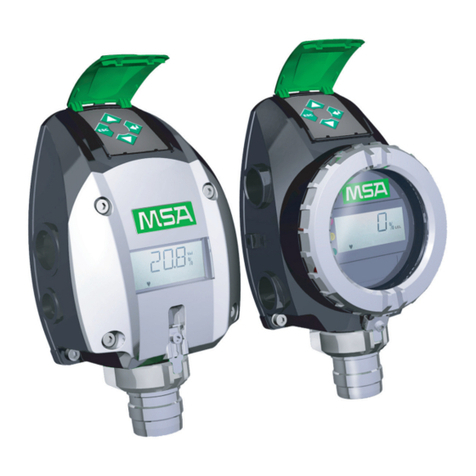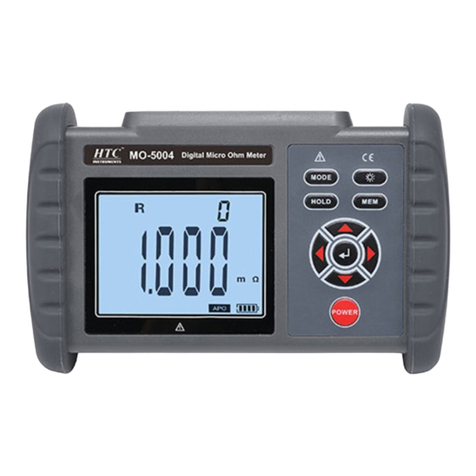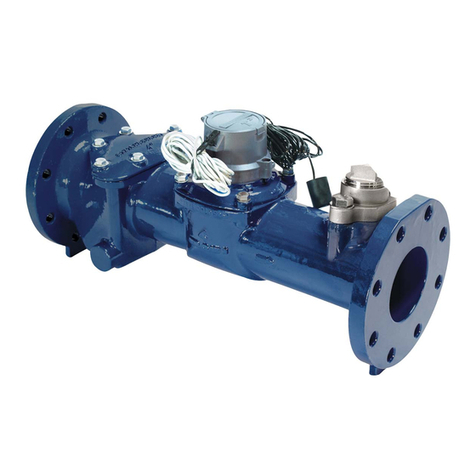Nemtek Druid LCD 20 User guide

Druid LCD 20
Fence Monitor
Installer Manual

Introduction & disclaimer 3
Guarantee 4
NEMTEK group outlets 5
Foreword 6
Mounting & battery replacement 7
PC Board replacement 8
Connections 9
Fence wiring diagrams 10
4-zone installation 12
Network cards and NEMTEK Connect 13
Large network 14
Solar installation 15
Detailed service indicators & fuses 16
Installation notes 17
Programmable options 18
Programmable options summary 29
Document revision history 30
Table of Contents
2

INTRODUCTION
The DRUID LCD 20 is a low voltage (less than 50V peak), fence monitoring system, which will
alert the user if a fault condition (open-circuit or short-circuit) is introduced to the fence. For
increased security the DRUID LCD 20 can be used in conjunction with an electric fence
energizer, provided the energizer output energy is 8 joule or less.
The unit is battery (12V 7AH nominal) operated and suitable for connection to mains power
(AC 100V-240V, 50-60Hz).
The batteries to be used are rechargeable lead-acid batteries. Non-rechargeable batteries must
not be used. The lead-acid batteries require venting and it is imperative that the unit be
situated in a well-ventilated area. A new fully charged battery will typically provide in excess of
24 hours backup.
DISCLAIMER
NEMTEK Holdings (Pty) Ltd or any of its subsidiary companies does not guarantee that the
operation of the product will be uninterrupted or totally error free.
Specifications may be altered without prior notification.
Introduction & disclaimer
3

GUARANTEE
The Druid LCD 20 fence monitoring system, manufactured by NEMTEK, is guaranteed for a
period of two years from date of sale against defects due to faulty workmanship or materials.
NEMTEK will, at its discretion, either repair or replace a product that proves to be defective.
NEMTEK guarantees that the product, when properly installed and used in line with the
specification as determined by NEMTEK from time to time, will execute its function of
generating a suitable potential. NEMTEK does not guarantee that the operation of the product
will be uninterrupted and totally error free. Faulty units must be returned to one of the NEMTEK
Group outlets. The buyer shall pay all shipping and other charges for the return of the product
to NEMTEK or NEMTEK Security Warehouse.
LIMITATION OF GUARANTEE
The guarantee does not apply to defects resulting from acts of God, modifications made by the
buyer or any third party, misuse, neglect, abuse, accident and mishandling.
EXCLUSIVE REMEDIES
The remedies provided herein are NEMTEK’s sole liability and the buyer’s sole and exclusive
remedies for breach of guarantee. NEMTEK shall not be liable for any special, incidental,
consequential, direct or indirect damages, whether based on contact, tort, or any other legal
theory. The foregoing guarantee is in lieu of any and all other guarantees, whether expressed,
implied, or statutory, including but not limited to warranties of merchantability and suitability
for a particular purpose.
Guarantee
4

NEMTEK Group outlets
HEAD OFFICE - NORTHRIDING
Tel: +27 (0)11 462 8283/4 Northriding Commercial Park, Stand 251,
Email: websales@nemtek.co.za Aintree Avenue, Northriding, Randburg, South Africa
EXPORTS
EDENVALE
Tel: +27 (0)11 453 1970 Unit 1 & 2, Eden Crossing, Corner Dick Kemp
and Herman Road, Edenvale, South Africa
CAPE TOWN
Tel: +27 (0)21 386 3742 21 Concord Crescent, Airport City
Or Tel: +27 (0)21 386 3100 Cape Town, South Africa
PORT ELIZABETH
Tel: +27 (0)41 581 4130 Unit 4, 51 Leadwood Crescent, Fairview
Or Tel: +27 (0)41 581 4064 Port Elizabeth, South Africa
PINETOWN
Tel: +27 (0)31 701 2125 19 Henwood Road, Pintetown, KwaZulu-Natal
Or Tel: +27 (0)31 701 3131 South Africa
NELSPRUIT
Tel: +27 (0)13 752 2187 44 Rapid Road, Riverside Industrial Park
Nelspruit, South Africa
BLOEMFONTEIN
Tel: +27 (0)51 004 0490 Plot 42, Gemsbok Street, Unit 12, Quaggafontein,
Bloemfontein, South Africa
TRAINING
Northriding Commercial Park, Stand 251,
Aintree Avenue, Northriding, Randburg, South Africa
AUSTRALIA
Tel: +61 8 9303 9855 Unit 5, 19 Innovation Circuit,
Wangara, 6065, Perth, WA, Australia
Website: www.nemtek.com
E-mail: nemtek@nemtek.com
Manufactured in South Africa
5

The DRUID LCD 20 should ideally be operated by means of a remote keypad to obtain
access to the many monitoring features and receive the greatest protection. It can
however be operated by means of a NEMTEK tab or external switch.
The unit includes many user and installer settings. These will be retained in the event of
total power loss, like when the battery is exhausted during a prolonged mains failure.
The unit can be configured as a master only, 2 zone installation, or as a master and slave
networked 4 zone installation. Only a master unit can communicate with keypads and
other devices present on the keypad bus.
A set of jumpers positioned above each of the three unit’s relays, allow the relay contacts
to be configured as either wet (providing 12V nominal power) or dry (potential free)
contacts.
The unit’s display will light with a blue (OFF), green (all is OK), yellow (alarm in history or
other medium priority event) or red (active alarm condition exists) background to
announce the system state at a glance and from a distance.
NEMTEK Connect
NEMTEK Druid LCD 20 units can be upgraded for remote connectivity through a
smartphone application or internet browser via NEMTEK Connect. Contact NEMTEK for
more information on the hardware and software upgrades required.
Foreword
6

Mounting & battery replacement
7
STEP 1: Disconnect mains. Open the lid after
removing the two cap screws. Unplug the
battery terminals if connected.
STEP 2: Remove screws and battery bracket
STEP 3: Remove battery
*Dispose of old battery according to legal
requirements. Do not replace with a non-
rechargeable battery!
STEP 4: Use a drilling template and drill 4 x
8mm holes in the wall for mounting the unit.
Four nail-in anchors are supplied with the unit.
Insert the plastic sleeve of the nail in anchor
into the wall then hammer the screw in with a
screwdriver and hammer. Leave a gap slightly
more than the thickness of the casing between
screw heads and wall. Position the casing so
that the screws go through the slots provided
then drop it into position. Tighten the top 2
screws to secure the casing. The bottom two
screws will slot into the casing for stability,
they don’t need to be tightened.
STEP 5: Insert battery with the negative
terminal to the top.
STEP 6: Place the battery bracket back (with
plastic offsets at the top) and fasten the
screws into place.
STEP 7: Connect battery wires. Close the lid
by hooking the top of the lid in first and then
fasten the bottom down with the two cap
screws. Apply mains power to the unit.
Note: Unit to be mounted vertically against a flat
surface, in a well-ventilated area.
Avoid prolonged exposure to direct sunlight.

PC Board replacement
8
STEP 1: Disconnect mains power and the
battery terminals if connected.
STEP 2: Remove all seven connectors,
C1 – C7.
STEP 3: Remove the five screws, S1 – S5.
STEP 4: To remove the PC Board, gently
pull the PC Board away from the mounting
plate, unplugging it from the connectors
beneath it. There are four spade connectors
beneath the PC Board in the middle of the
board.
STEP 5: To replace the PC Board, align the
four spade connectors in the middle of the
PC Board using the guide tabs, and gently
press the PCB down into place.
STEP 6: Re-insert and tighten the five
screws.
STEP 7: Reconnect the seven connectors to
the PC Board.
STEP 8: Reconnect the battery terminals
and apply mains power.

Connections
9
12V DC Strobe Light for
Zone 2
12V DC Strobe Light for
Zone 1
20W max 12V DC Siren
Radio alarm not to be
powered from unit!
Gate Switch
(Normally closed)
External On/Off Switch
for Zone 1
External On/Off Switch
for Zone 2
Panic Switch
(Normally closed)
A maximum of two NEMTEK
Druid 4-Zone keypads, two
expansion cards and 100m
of comms cable can be
connected.
A total of two units can
be linked together.
See; Creating a 4 zone
installation, later on in
this manual.

Fence wiring diagrams
10
Fence 1
Fence 2
The fence earth wire is
to be connected to the
main earth spike and
not directly to the unit.
All earth spikes are
connected to one wire of
the fence only, and this
one wire is connected to
the rest of the fence at the
main earth spikes.
Earth wire connection with earth loop monitoring (preferred)
The fence earth wire is
to be connected to the
main earth spike and
not directly to the unit.
Install the main earth
spikes close to the unit
Earth wire connection with no earth loop monitoring
Fence 1
Fence 2
Install the main earth
spikes close to the unit
Fence 1
Fence 2
The Druid LCD D20 can be connected to a standard electric fence installation, as a low
voltage substitute for an electric fence energizer. The installation and erection of an electric
fence in, South Africa, is to be done according to the latest addition of SANS 10222-3.
In other countries, according to relevant specifications.
Live wire connection

The Druid LCD 20 can also be connected to an electric fence in conjunction with an electric
fence energizer for added security. Ensure that the output energy of the electric fence
energizer is 8 joule or less to prevent damage to the Druid LCD 20. Always consult the
installation manual of the energizer before installation.
Live wire connection
The fence earth wire is
to be connected to the
main earth spike and
not directly to the unit.
All earth spikes are connected to one wire of the fence
only, and this one wire is connected to the rest of the
fence at the main earth spikes.
Earth wire connection with earth loop monitoring (preferred)
Install the main earth spikes close to the unit
Earth wire connection with no earth loop monitoring
Fence wiring diagrams
11
Note: Diagrams illustrate connections of only 1 zone for simplicity. Both zones can be wired as shown.
Install the main earth spikes close to the unit
The fence earth wire is
to be connected to the
main earth spike and
not directly to the unit.
Energizer Druid LCD 20
Energizer Druid LCD 20
Energizer Druid LCD 20

CREATING A 4-ZONE INSTALLATION
Using two DRUID LCD 20 units, or a DRUID LCD 2x energizer and DRUID LCD 20 unit, a
four-zone installation can be created. Implementing four zones, a property owner can
identify the location of an attempted intrusion to a greater degree of accuracy. For
example, the front, back, left or right side of the property can each be a unique zone.
To create a four-zone system, the two units need to be linked via the keypad bus by
connecting the system ground (KEYPAD-) wires and the data wires (DATA) together (see
diagram on page 9).
One unit must be configured as a master, and the other unit configured as a slave. A unit
is configured by means of a Master/Slave jumper on the main PCB, just below the LCD
display. A master will have the jumper absent, and a slave must have the jumper inserted.
When a DRUID LCD 2x energizer and a DRUID LCD 20 are connected together, the DRUID
LCD 2x energizer must be set as the master and the DRUID LCD 20 as the slave to prevent
the energizer from generating a synchronisation loss fault.
Master will show as zones 1 & 2 on the keypad.
Slave will show as zones 3 & 4 on the keypad.
Lastly, the master needs to be informed whether a slave unit is connected, creating a four-
zone system or if it is a master only, two-zone system. This is to allow a communication
failure (service alarm) to be generated should the slave unit not respond to the master’s
request for information, and so that the keypad can be dealt with correctly as either a two-
or four-zone installation.
The SLAVE UNIT PRESENT setting is set by first entering installer mode, and then
entering installer code 5001*#. Further details of this code can be found in this manual
under the PROGRAMMABLE OPTIONS section.
Note: Please read the section, KEYPAD ZONE FOCUS, in the Druid LCD 20 User Manual. This
section explains how to direct keypad inputs to a specific zone, or to all zones simultaneously.
Installer PROGRAMABLE OPTIONS which are zone focus specific will have the following text
appear bellow the programmable option later in this manual:
“Can be directed to a specific zone, using KEYPAD ZONE FOCUS”
4-zone installation
12

The Druid LCD 20 has a data port to which communications cards, such as a network card
or a NEMTEK Connect card, can be connected. These cards enable networking or remote
access and control of the unit.
Visit the NEMTEK website, www.nemtek.co.za, for the latest details on the smartphone
app and networking options available to you.
Network cards and NEMTEK Connect
13

A total of 32 Druid LCD 20 units or Druid LCD 2x energizers (64 Zones) can be networked
together.
Each of the units will need to have a unique address in the range 1-32.
The unit’s large network address is set using installer code 51??*# detailed on
page 28 of this manual.
Please read the energizer synchronisation requirements in the Druid LCD 2x Installer
Manual if more than one energizer is connected to the network.
Large network
14

Solar installation
The Druid LCD 20 can be powered using a solar power installation, instead of mains
power. Always use a good quality 12V solar regulator with an output power rating of at
least 50W. The unit must be configured for solar installation by entering the keycode
4071*# (refer to keycode description later in this manual).
Note: If the Druid LCD 20
has a Nemlink Ethernet
card installed, a separate
earth spike, not connected
to the fence ground, must
be installed at least 2m
away from the fence earth.
15

Main Fuse: Unit displays a battery symbol, and not the mains power symbol (plug).
Battery Fuse: Unit does not operate when mains power is disconnected.
Aux Fuse: The Siren and strobes do not function.
When the unit’s front cover is opened while displaying a service condition (spanner
symbol), and the service condition is still present, further information will be displayed
indicating the cause of the service condition as listed below.
A = Aux fuse blown
B = Battery fuse blown, battery fault or not connected
N = Slave unit communication failure
FUSE DESCRIPTION AND FAULT SYMPTOMS
All fuses are of the “fast blow” type. The Main fuse has a 4A rating, while the Battery and
Aux fuses have a 2A rating.
Detailed service indicators & fuses
16

• Keep the wires to the fence separate from the keypad, gate, siren, strobe and
mains wiring.
• Do not try and modify the unit. Any unauthorized modifications will null and void
the warranty and possibly render the unit illegal.
• If the external On/Off facility is used, the wire between the remote switch and the
unit can be up to a 100m in length. The switch contact must be open for the fence
to be monitored.
• A remote receiver can obtain 12VDC from the keypad bus. Current consumption
must not exceed 0.1 Amps. This is not sufficient to supply power for an armed
response transmitter.
• The siren and strobe light total current consumption should not exceed 1.8Amps.
• Never use the unit’s battery to power a radio alarm transmitter or alarm panel.
• The wire between the magnetic gate switch and the unit can be up to a 100m in
length, but must not run parallel with any fence wires. The gate switch must be
open circuit if the gate is open.
• The remote keypad cable must not exceed 100m in total length. Avoid running this
cable parallel with any fence (high voltage) wires.
• You may connect a total of two keypads, one expansion card and one slave unit to
a DRUID LCD 20 set to master.
• Use HT (high voltage) wire between the fence and the DRUID LCD 20, including the
earth wire. Never run these wires in the same conduit or through the same hole as
the low voltage wiring.
• Always use ferrules or line clamps to connect two fence wires together. Avoid using
dissimilar materials for connections like copper on steel.
• When replacing the front of the unit, hook the top in first while holding it an angle
and then push it closed at the bottom. Fasten the lid down with the two cap
screws.
• Always test the fence after installation for correct short and open-circuit alarming at
various points along the fence.
• Do not use the unit with non-rechargeable batteries.
• The unit contains a sealed lead-acid battery that will vent to the atmosphere under
certain conditions. For this reason, it is imperative that the unit is installed in a well-
ventilated area.
• Do not use this unit in conjunction with an electric fence energizer of which the
output energy exceeds 8 joule.
• Refer to the applicable laws concerning the installation of electric fences in your
area.
Installation notes
17

INSTALLER
PIN
RESTORE FACTORY DEFAULTS 2 3 8 9 #
Returns the unit configuration, including all PINs, to their factory default values
Enter this code within 60s of powering the unit on after complete power removal, i.e mains
and battery power removal simultaneously.
ENTER PROGRAMMING MODE _ _ _ _ _ _ * 0 #
Enables programming mode
Programmable options can only be changed once the unit is placed into programming
mode. The keypad will beep three times if the code is accepted. The factory default
installer PIN is 012345. Programming mode will timeout and exit after five minutes or
upon entering the *# exit code.
CHANGE INSTALLER PIN 0 0 _ _ _ _ _ _ #
Changes the factory default six digit installer PIN to a new six digit PIN
SIREN ON TIME 0 1 _ _ * #
Sets the siren on (active) time
m = minutes, s = x10 seconds
Programmable range is 0101*# (10s) to 0141*# (4m:10s)
Factory default value is 0120*# (2m:0s)
Siren active time is the amount of time that the siren will sound before automatically
turning off, if not reset by the user.
SIREN OFF TIME 0 2 _ _ *#
Sets the siren off (inactive) time
m = minutes, s = x10 seconds
Programmable range is 0201*# (10s) to 0241*# (4min:10s)
Factory default value is 0230*# (3min:0s)
Siren off time is the amount of time that the siren will be forced to remain off after having
automatically timed out (siren on time) from a previous alarm condition.
Programmable options
18
NEW
INSTALLER PIN
m
s
m
s

EVENTS BEFORE RE-ARM TIMEOUT 0 3 0 _ *#
Sets the total unacknowledged events before the re-arm time comes into play
? = total events before re-arm time
Programmable range is 0301*# (1 event) to 0307*# (7 events)
Factory default value is 0303*# (3 events)
See SIREN RE-ARM TIME below.
SIREN RE-ARM TIME 0 4 _ _ _ _ _ * #
Sets the sirens re-arm time period
d = day, hh = x10 hours + hours, mm = x10 minutes + minutes
Programmable range is 0400001*# (1min) to 0471402*# (7d:14h:02min)
Factory default value is 0410000*# (1d:00h:00min)
The re-arm time comes into play after the siren has sounded for the set number of events
without being manually reset by the user. This is required by law to prevent an alarm from
sounding indefinitely while the owner is not home to correct the alarm condition.
RELAYS ACTIVE OPEN 0 0 6 _ * #
Set the active state of all three relays on the unit’s PCB.
? = 0 (relay closed when active) or 1 (relay open when active)
Factory default value is 0060*# (relay normally open, closed on activation)
Typically used when the unit is connected to an alarm system requiring a normally closed
input.
STROBE LIGHT Z1 RELAY FUNCTION 0 0 1 _ * #
Selects between zone 1 strobe light only, or zone 1 & 2 combined function.
? = 0 (zone 1 strobe light) or 1 (zone 1 & 2 combined)
Factory default value is 0010*# (zone 1 strobe light only)
The Z1 strobe light relay can be assigned to be active when an alarm is triggered on zone
1 only (0), or an alarm is triggered on either of zone 1 or zone 2 (1)
Programmable options
19
?
?
?
d h h m m

STROBE LIGHT Z2 RELAY FUNCTION 0 0 2 _ *#
Selects between zone 2 strobe light, or unit on/off indication.
? = 0 (zone 2 strobe light) or 1 (unit on/off indication)
Factory default value is 0020*# (zone 2 strobe light only)
The Z2 strobe light relay can be assigned to be active when an alarm is triggered on zone
2 only (0), or to indicate when the unit is on (1). Both zone 1 and zone 2 need to be active
for the relay to indicate that the unit is on.
SIREN RELAY FUNCTION 0 0 3 _ * #
Selects between gate alarm, unit on/off indication, or service alarm, when in ALARM
SENSOR MODE only.
? = 0 (gate alarm) or 1 (unit on/off indication), or 2 (service alarm)
Factory default value is 0030*# (gate alarm)
The siren relay can be assigned to be active when a gate alarm occurs (0), or to indicate
when the unit is on (1), or to activate on service alarm (2). Both zone 1 and zone 2 need
to be active for the relay to indicate that the unit is on.
STROBE RELAY FUNCTION SENSOR ALARM MODE 0 0 7 _ * #
Selects between gate alarm, unit on/off indication, or service alarm, when in ALARM
SENSOR MODE only.
? = 0 (gate alarm) or 1 (unit on/off indication), or 2 (service alarm)
Factory default value is 0030*# (gate alarm)
The siren relay can be assigned to be active when a gate alarm occurs (0), or to indicate
when the unit is on (1), or to activate on service alarm (2). Both zone 1 and zone 2 need
to be active for the relay to indicate that the unit is on.
Programmable options
20
?
?
Other manuals for Druid LCD 20
1
Table of contents
Other Nemtek Measuring Instrument manuals
